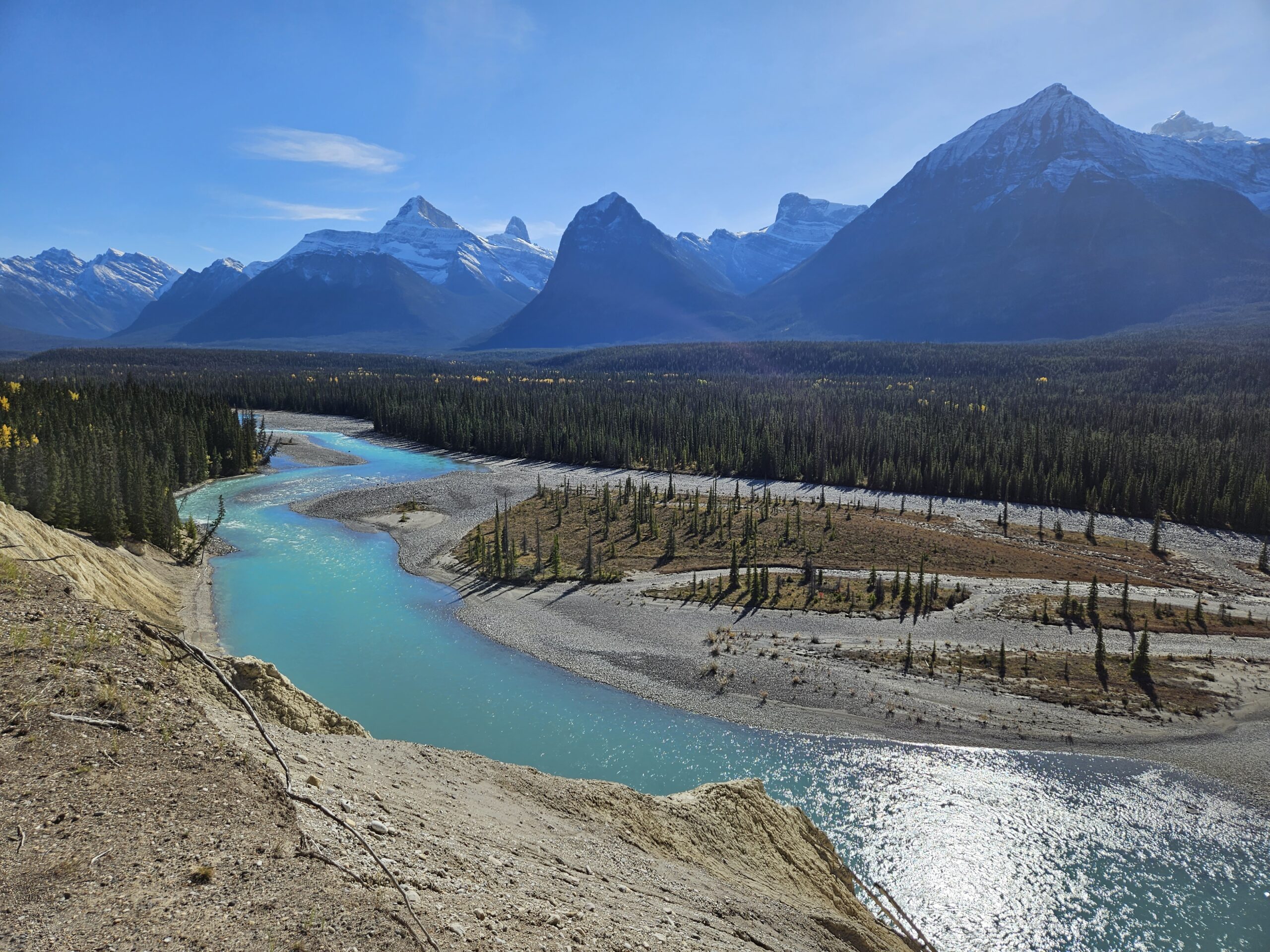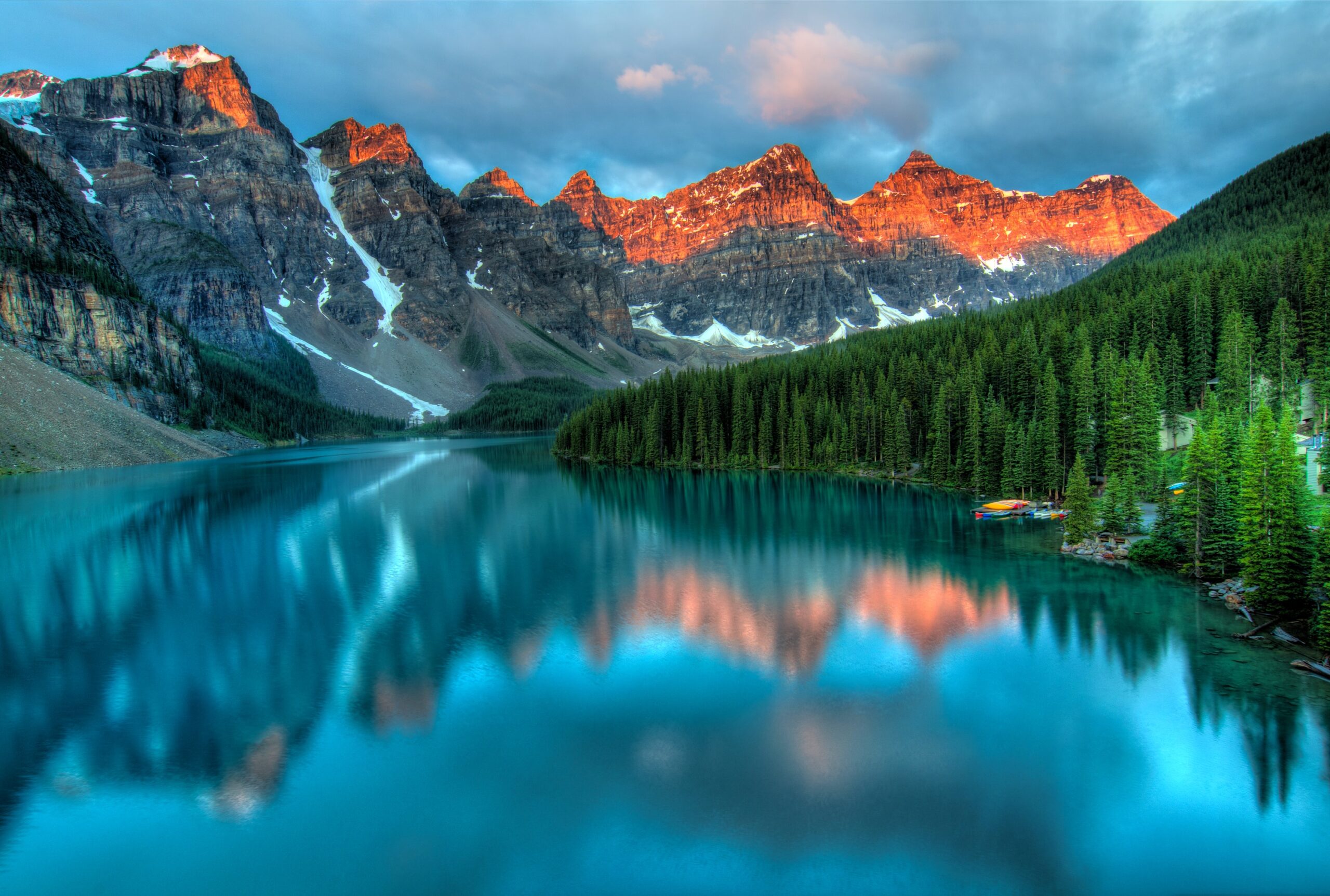The Icefields Parkway is an unforgettable adventure like no other, taking you through the stunning landscapes and glacial wonders of The Canadian Rockies. This scenic highway stretches for 232 kilometres through the heart of the Rockies, starting close to the village of Lake Louise and ending in Jasper. It offers breathtaking panoramic views at every turn that are sure to give you neck ache after a day of admiring scenery that is out of this world! It’s no wonder this road trip has been named one of the most scenic drives in the world. Yes…the WORLD! Get ready to be mesmerized by the sparkling turquoise lakes, towering snow-capped peaks, and cascading waterfalls that adorn this natural wonder.
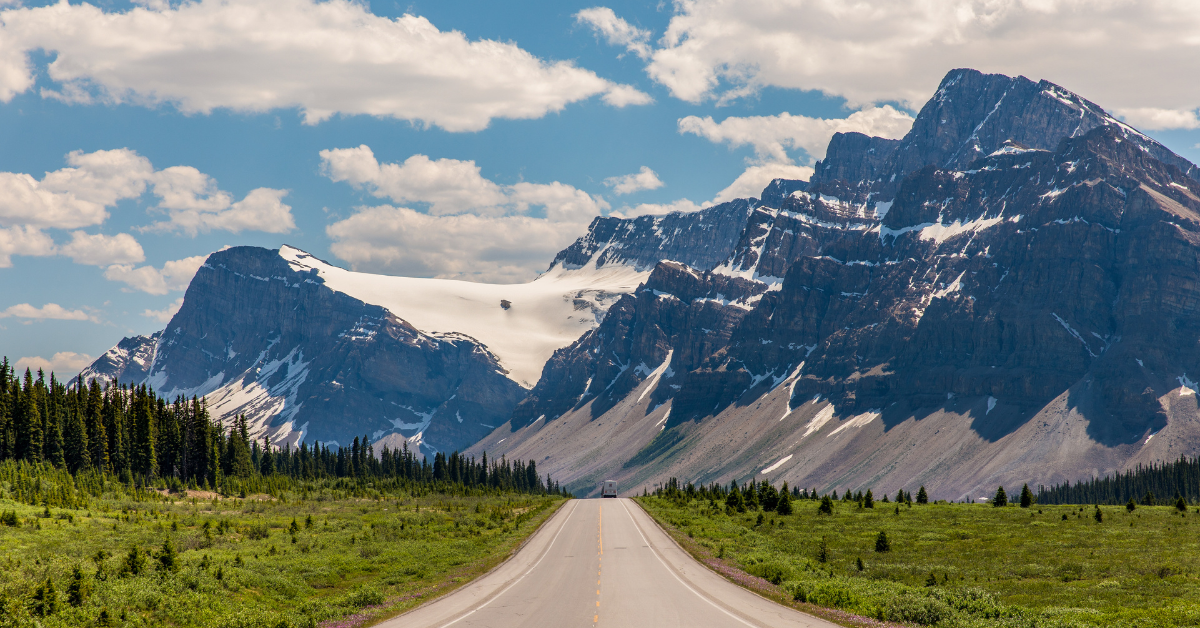
The Icefields Parkway offers the opportunity to take in the majesty of iconic landmarks like the Athabasca Glacier and the Columbia Icefield. Visitors can walk on ancient ice formations and learn about the region’s fascinating glacial history.
Our comprehensive guide to the Icefields Parkway leaves no stone unturned. It’s your key to discovering the best lakes, viewpoints, hiking trails, and hidden gems along the way. So pack your sense of adventure, set your alarm nice and early, and let the Icefields Parkway work its magic on you. This is a journey you won’t soon forget.
History and significance of the Icefields Parkway
The Icefields Parkway is a scenic route that winds through the heart of the Canadian Rockies, connecting the towns of Banff and Jasper. This majestic highway has a rich and fascinating history that dates back to the early 20th century.
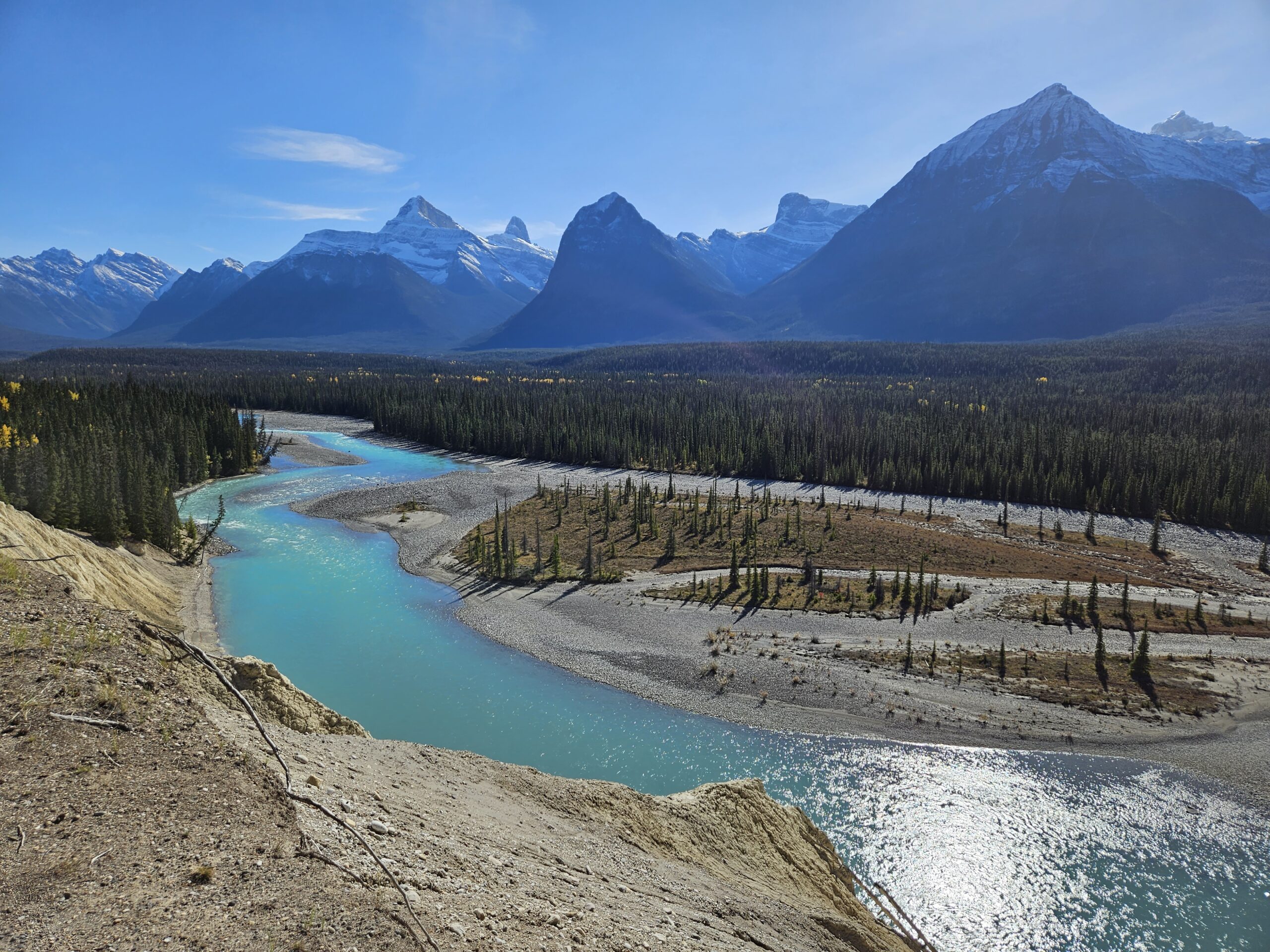
In the 1920s, the Canadian government recognized the need to create a transportation link between the two national parks, as the region’s stunning natural beauty was becoming increasingly popular with tourists. After years of planning and construction, the Icefields Parkway was officially opened in 1940, providing visitors with a breathtaking journey through some of the most awe-inspiring landscapes in the world.
The significance of the Icefields Parkway lies not only in its stunning scenery but also in its role as a vital transportation corridor and a hub for outdoor recreation. Today, the parkway is a beloved destination for hikers, campers, wildlife enthusiasts, and photographers from around the globe, who come to marvel at the towering mountains, ancient glaciers, and crystal-clear lakes that dot the landscape. The Icefields Parkway has also played a crucial role in the conservation efforts of Banff and Jasper National Parks, helping to protect the fragile ecosystems and wildlife that call this region home.
When is the best time to visit the Icefields Parkway
Planning a trip along the Icefields Parkway requires careful consideration to ensure a seamless and enjoyable experience. The first step is to determine the best time of year to visit, as the weather and road conditions can vary significantly throughout the seasons.
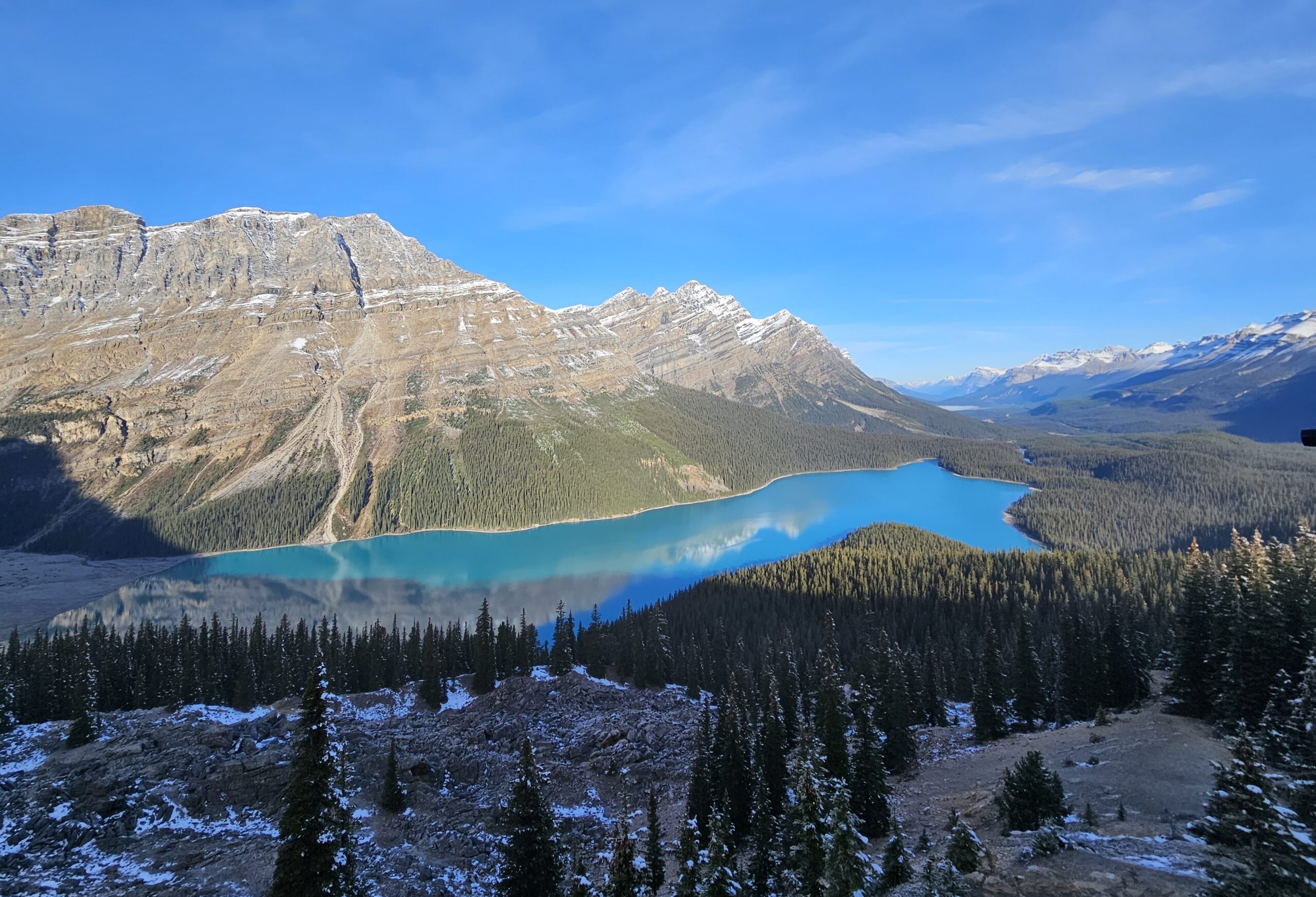
The summer months, from June to August, are generally the most popular time to explore the Icefields Parkway, as the weather is mild and the days are long, allowing for maximum time to take in the sights. However, this also means that the parkway can be quite crowded, so it’s essential to book accommodations and activities in advance.
Alternatively, the spring and fall shoulder seasons can offer a more serene and less crowded experience, with the added bonus of witnessing the dramatic changes in the landscape as the seasons transition and the leaves begin to change from green to gold, yellow and red. Keep in mind, though, that the weather can be more unpredictable during these times.
Regardless of when you choose to visit, it’s crucial to plan your route and accommodations carefully. The Icefields Parkway stretches for 232 kilometers, and there are numerous scenic viewpoints, hiking trails, and campgrounds along the way. Consider your interests and the amount of time you have available, and then use online resources and travel guides to map out your itinerary.
Must-visit attractions along the Icefields Parkway
The Icefields Parkway is home to countless breathtaking natural wonders, each offering a unique and unforgettable experience. We decided to breakdown our favorite stops along the way, in order of the journey from Banff to Jasper:
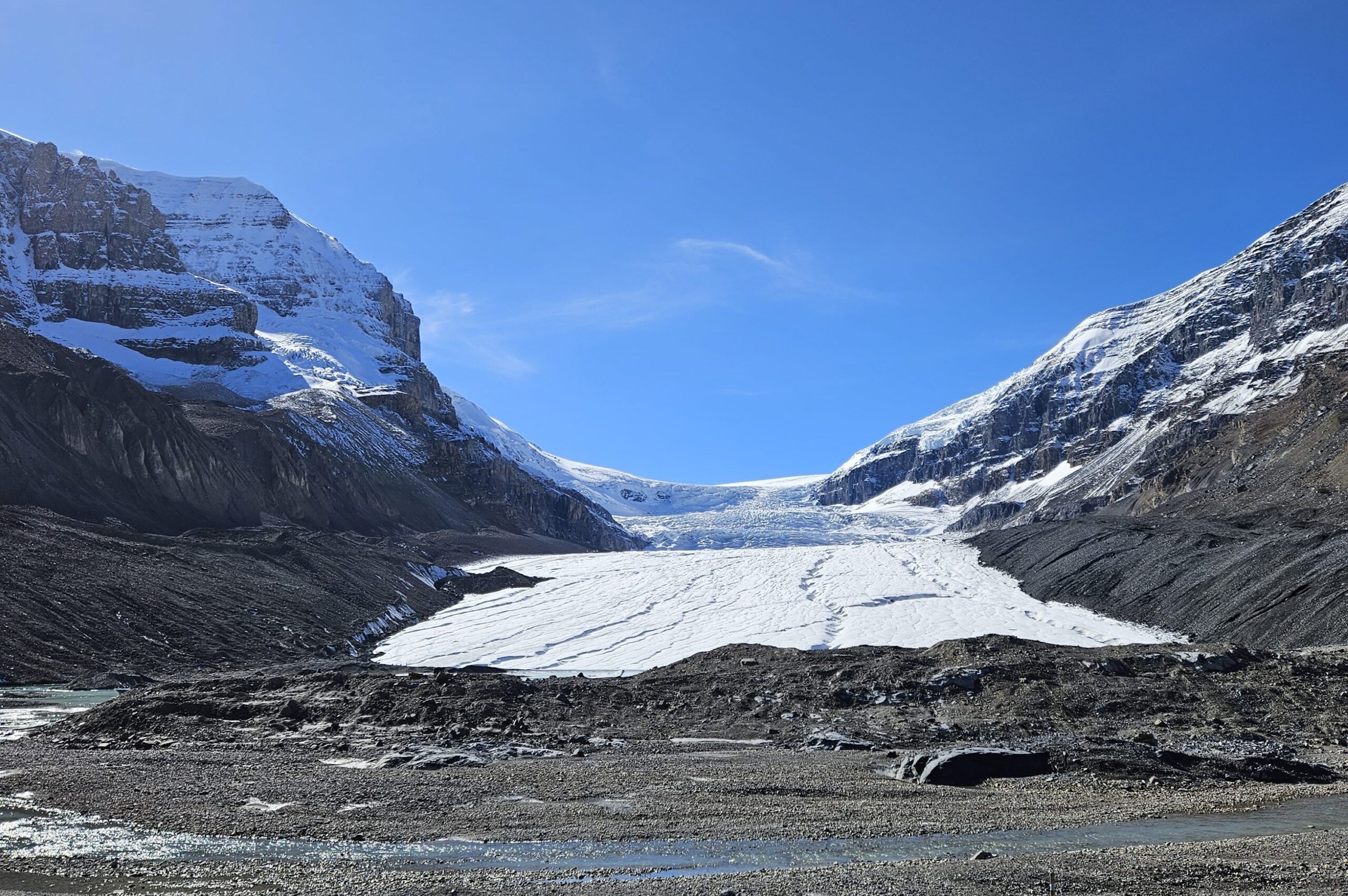
Crowfoot Glacier
Named for its resemblance to a crow’s foot, this glacier is a captivating sight, especially as it gradually changes shape with the seasons.
Bow Lake
This stunning turquoise lake offers breathtaking reflections of the surrounding mountains. It is a perfect spot for a picnic or a short hike.
Peyto Lake
Known for its vibrant blue color, Peyto Lake is the most photographed lake in The Canadian Rockies, and it isn’t hard to see why. Known for its resemblance to the shape of a wolf, the lake offers a rare opportunity to take in the views from an alpine viewing platform, meaning you get to witness the true incredible blue hues.
Mistaya Canyon
A short hike leads you to this dramatic canyon, where the Mistaya River has carved intricate patterns into the limestone, creating a mesmerizing scene of waterfalls and rock formations.
Saskatchewan Crossing
This historic trading post is a great place to take a break, refuel, and enjoy panoramic views of the surrounding peaks.
Weeping Wall Viewpoint
Named for the numerous streams of water that cascade down its face like tears, the Weeping Wall is an impressive natural phenomenon that shouldn’t be missed.
Big Bend
It’s easy to know when you have arrived at Big Bend, a striking curve in the road offering spectacular views of the sweeping valley and rugged peaks that are ideal for a photo stop.
Columbia Icefields
Home to the Athabasca Glacier, this is one of the largest icefields in North America and offers unique experiences. The nearby Glacier Skywalk, a glass-floored observation platform that extends out over the valley, offers breathtaking views of the glacier and the surrounding peaks.
Tangle Creek Falls
These picturesque, multi-tiered waterfalls are easily accessible from the road and make for a delightful shortstop.
Stutfield Glacier Viewpoint
This viewpoint offers an excellent opportunity to see the sprawling Stutfield Glacier up close, showcasing the immense power of glacial ice.
Sunwapta Falls
A powerful waterfall where the Sunwapta River plunges into a deep canyon, providing dramatic views and fantastic photo opportunities.
Goats & Glaciers Lookout
A popular spot to see mountain goats scaling the cliffs and enjoy expansive views of the surrounding glaciers.
Athabasca Falls
One of the most powerful waterfalls in the Canadian Rockies, known for its thunderous roar and stunning gorge.
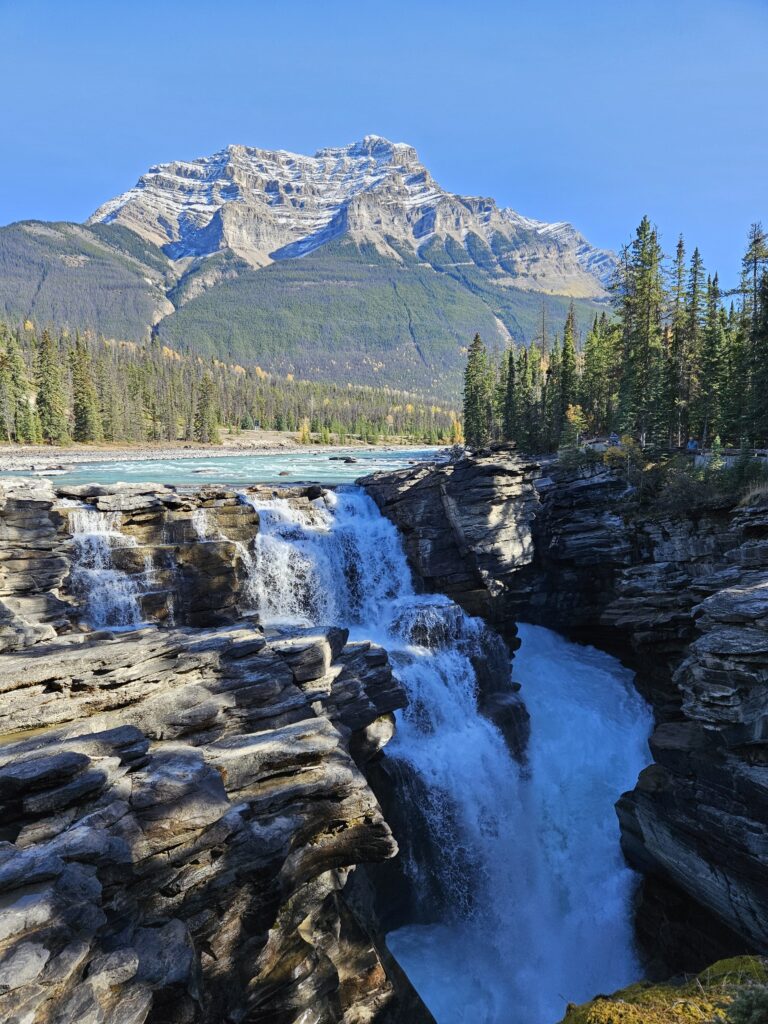
A maps App might tell you that the Icefields parkway will only take 3 hours to drive from Banff, but with so many incredible opportunities to stop and take in the incredible wonders of the drive, we recommend an entire 8 hour day of exploring!

